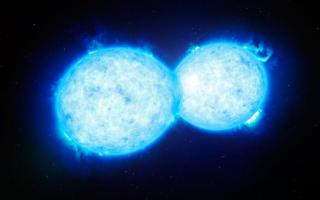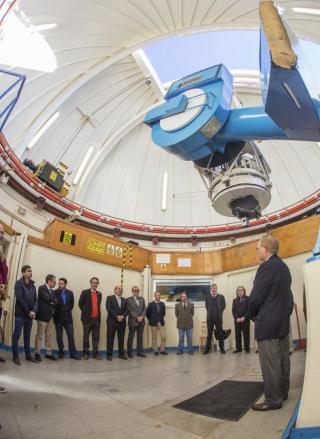
The second of the audiovisual films produced by the Institute of Astrophysics of the Canaries with funding from the Severo Ochoa programme
Advertised on
This section includes scientific and technological news from the IAC and its Observatories, as well as press releases on scientific and technological results, astronomical events, educational projects, outreach activities and institutional events.




